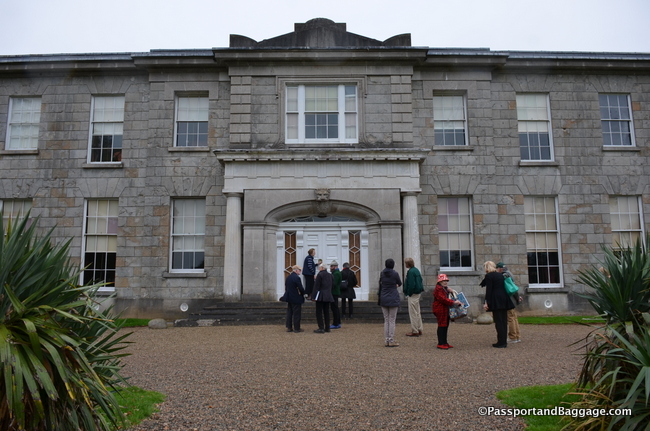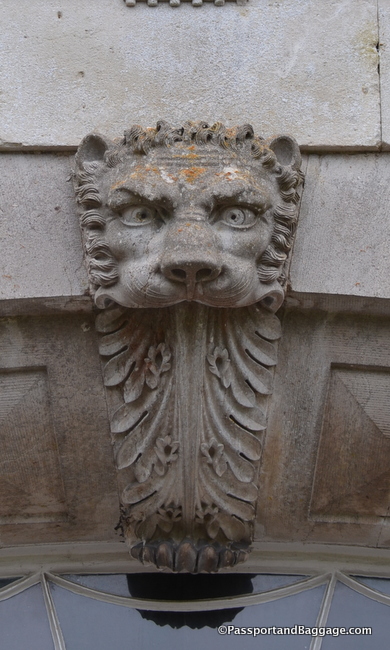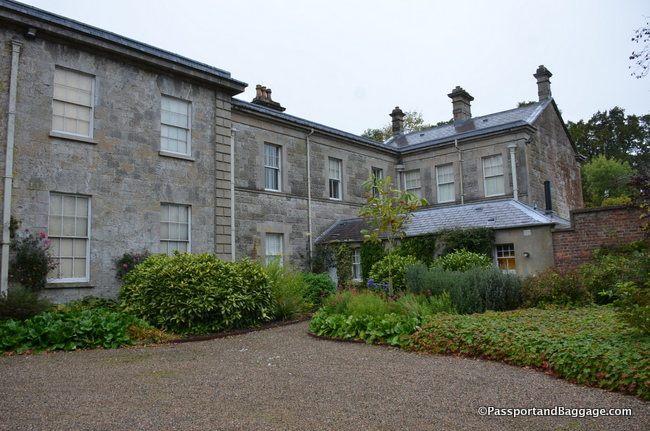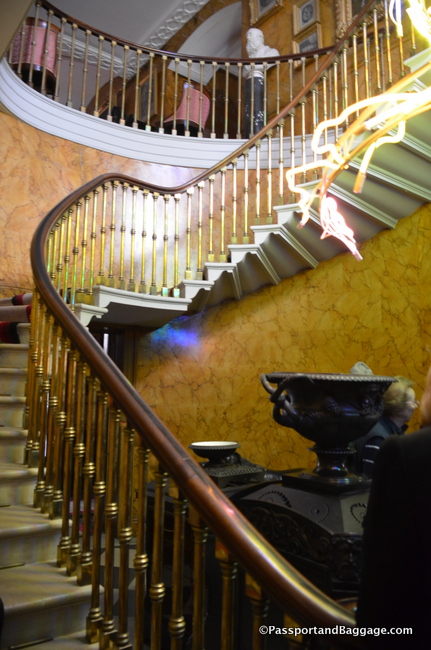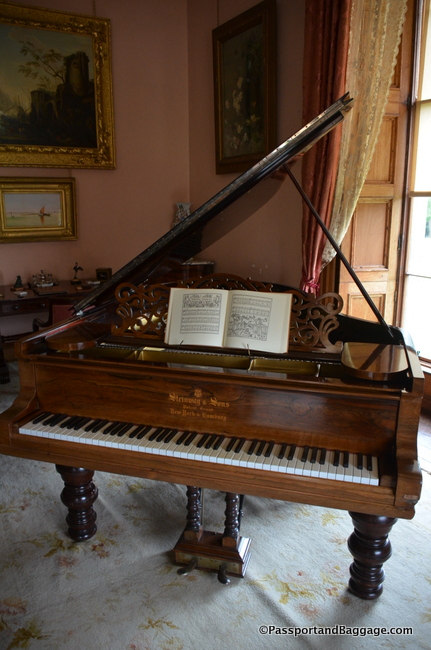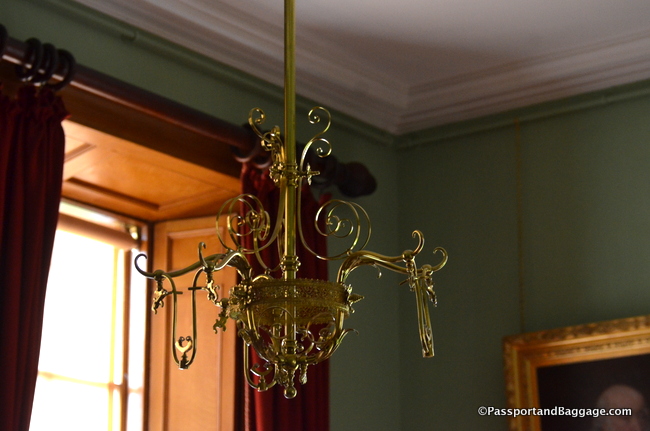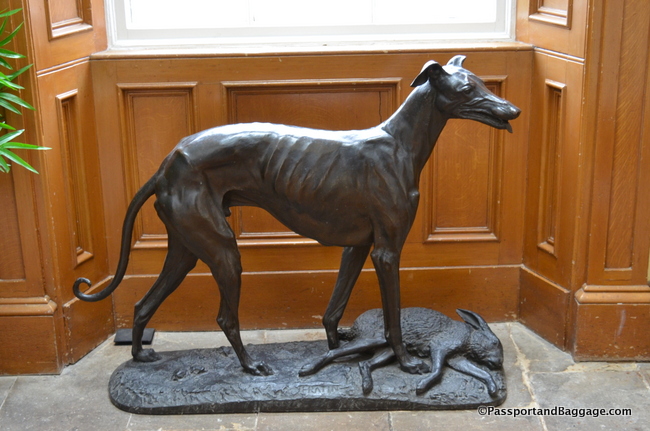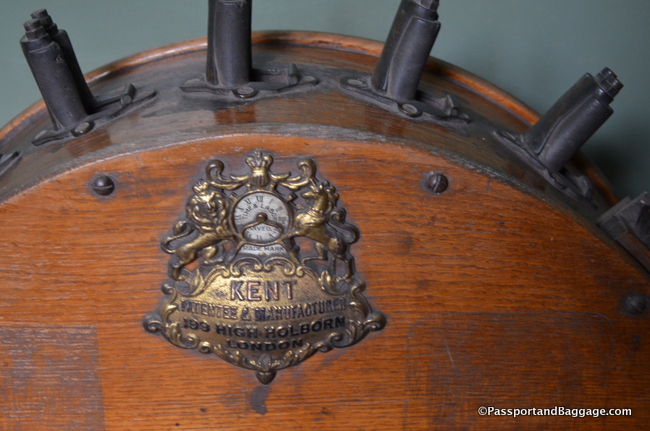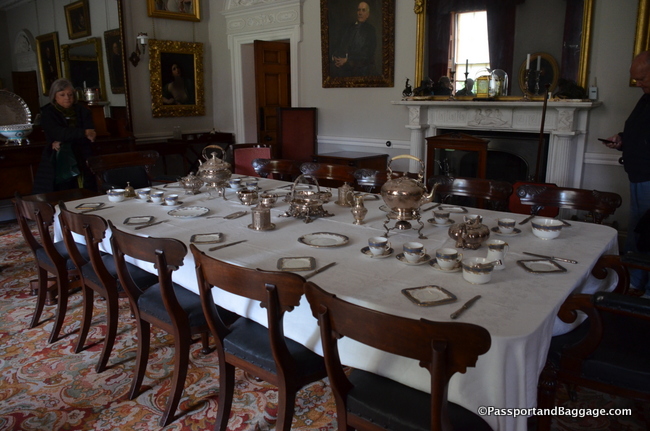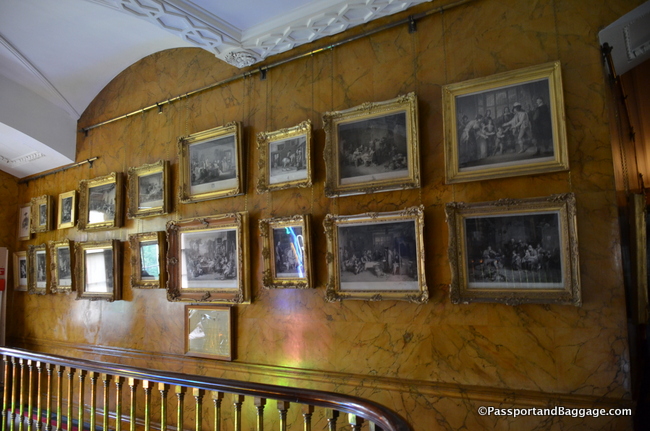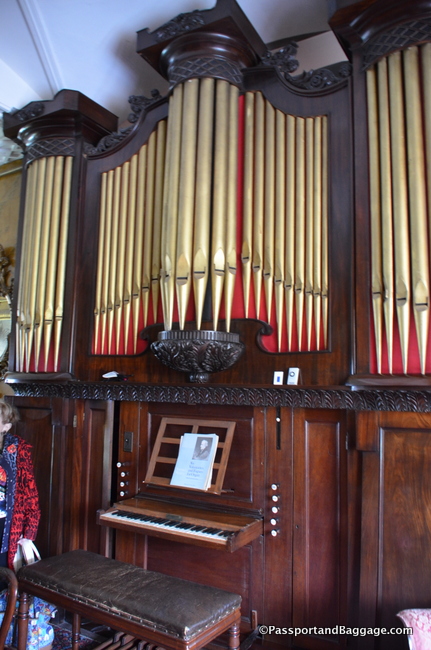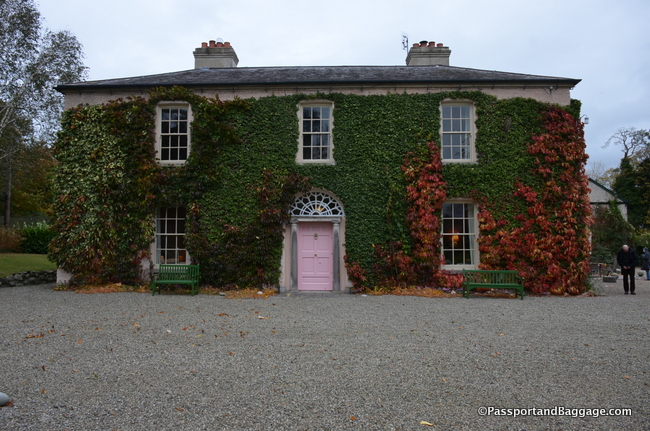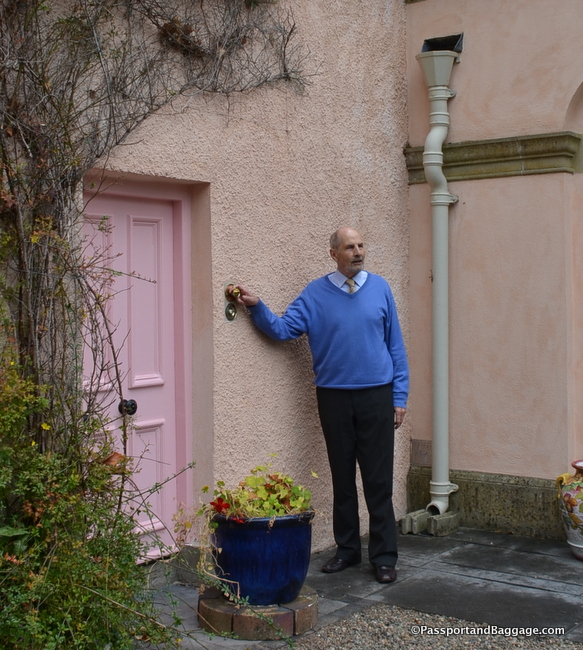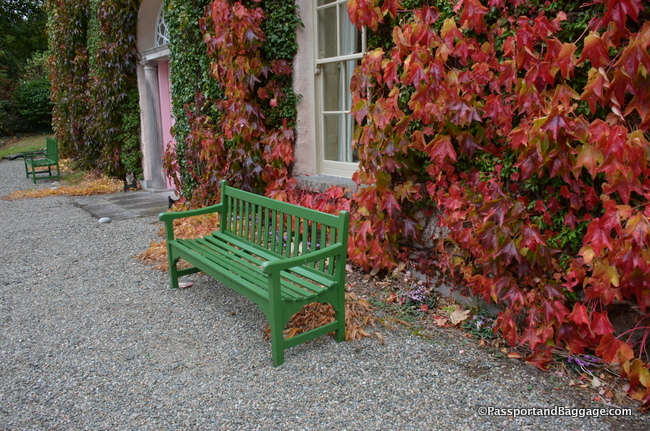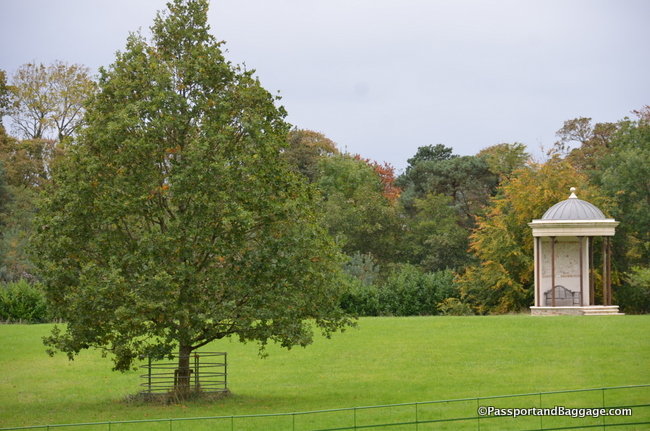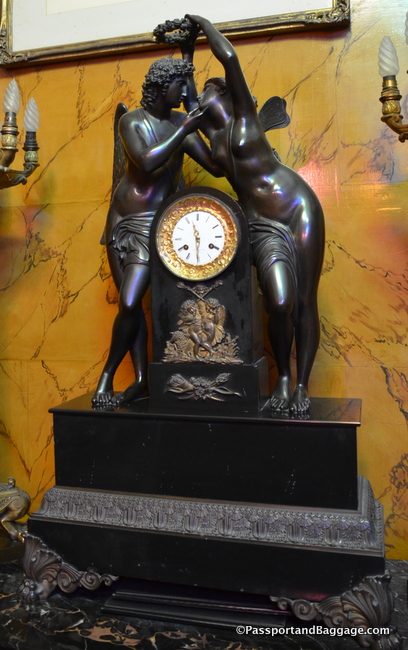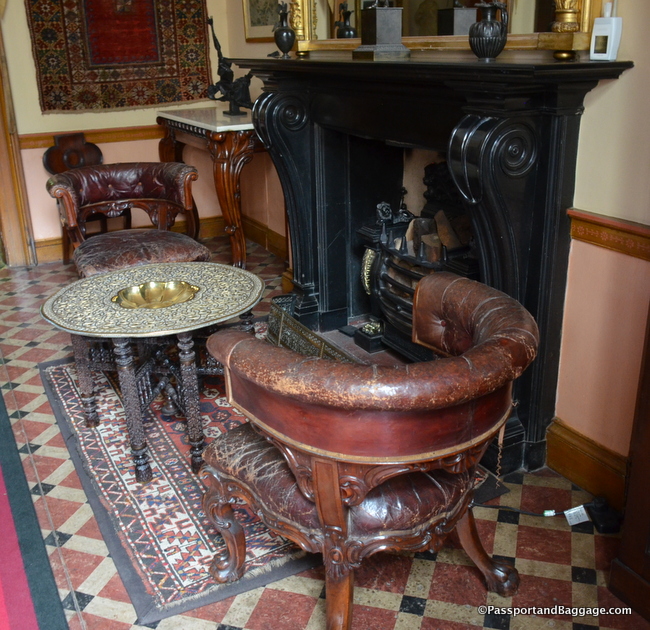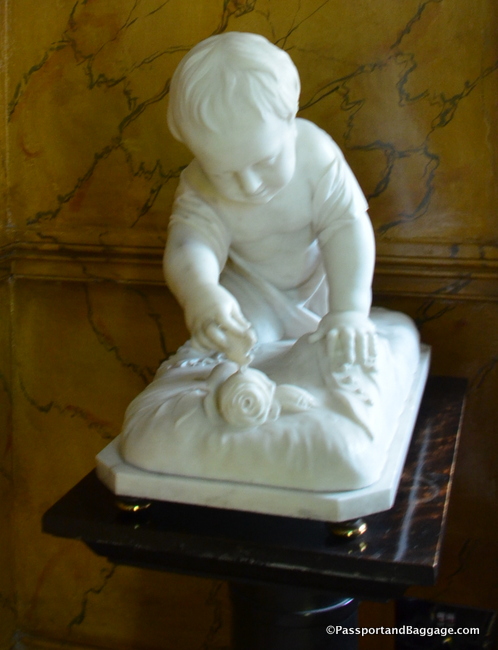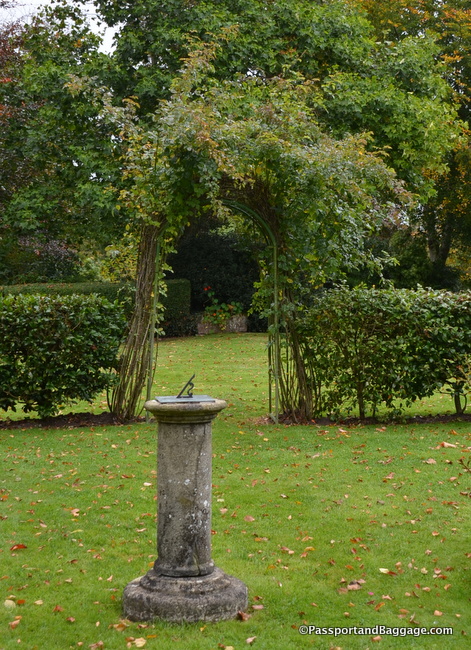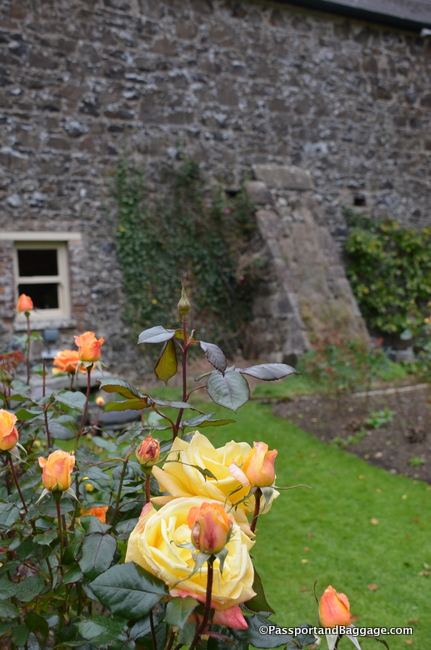October 7, 2018
THE ARGORY
The Argory got its name from the Irish ‘ard garraidhe’, meaning hill of the garden.
It was built between 1819 and 1824 by Walter McGeough, who assumed the additional name of Bond in honor of the family of his deceased grandmother.
McGeough’s decision to build the house was a result of his father’s will. His father stated that 400 pounds would be left to the oldest son William with the bulk of the fortune going to Walter and his three sisters. However, there was a caveat, once Walter married he was no longer allowed to live at the family home, Drumsill ( outside of Armagh) as long as his two sisters remained unwed. Although one sister died early, Walter had the good sense to know that he needed to build his own home, which was prescient, as his other sisters remained unmarried.
This new home was designed by Dublin based architects John and Arthur Williamson. Sadly, most of the original plans were lost in an 1898 fire.
The house was designed as a single block with the north wing added later. It is faced in ashlar in a restrained classical style.
The staircase hall has been described as one of the most exciting interiors of its date in Ireland. It has a cantilevered staircase with brass banister supports and does have an amazing WOW factor.
In 1906 the owner, Captain Shelton, installed acetylene gas lighting. It was easier to install than electricity or a coal-gas-system, and cheaper to run. Acetylene gas lighting was ideal for country houses as it required little maintenance and could be “left to the charge of the most unskilled attendants” (though there was a small matter of the risk of explosion which is why the generating plant was located a ways from the house).
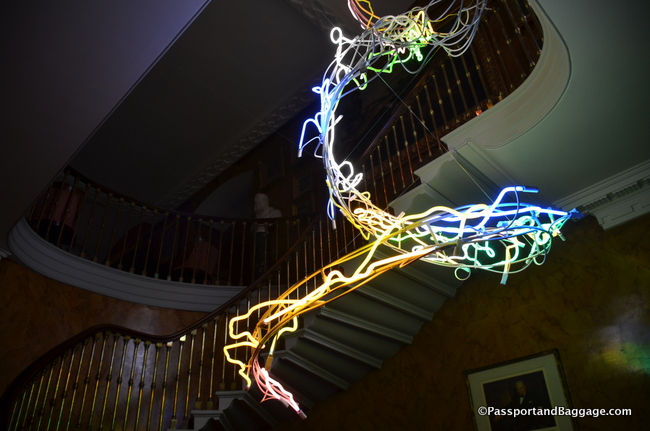 The main lamp in the lobby of The Argory has been removed for thorough cleaning and conservation, which is expected to last approximately two years. In its place is a new piece by Kevin Killen, paying homage to the last owner, Nevill Bond, who collected modern art.
The main lamp in the lobby of The Argory has been removed for thorough cleaning and conservation, which is expected to last approximately two years. In its place is a new piece by Kevin Killen, paying homage to the last owner, Nevill Bond, who collected modern art.
In the dining room, much of the furniture was purchased from the Glasgow firm of James Whyte and Sons in 1827.
Sir David Wilkie (1785 – 1841) was a Scottish painter, especially known for his genre scenes. He painted successfully in a wide variety of genres, including historical scenes, and scenes from his travels to Europe and the Middle East. His main base was in London, but he died and was buried at sea, off Gibraltar. He was sometimes known as the “people’s painter”.
This cabinet barrel organ sits on the second-floor landing. It is considered to be the most important of its kind in existence. Recently restored, it was commissioned in 1822 from London organ builder James Bishop. It originally had six barrels, only three survive. Samuel Wesley, son of the great hymn writer Charles and nephew to John Wesley, founder of the Methodist Church was employed to consult on the music prepared to be pinned onto these barrels.
The Argory and most of its contents were given to the National Trust in 1979.
MARLACOO HOUSE
This late classical Georgian house was built by a Robert Boyd around 1815. the present owners are only the 4th, and while the insides are modern the house maintains its wonderful bones.
The owner of the house, Edward Wilson, explaining the call system on the side of the house. The home was once in the hands of a doctor, and the bell and speaking tube allowed his patients to wake him in the middle of the night in case of an emergency.
The folly at Marlacoo House is so very appropriate as Primrose Wilson, our fabulous hostess, is Chairman of the Follies Trust, tirelessly working to preserve and restore the many follies of Ireland before they are lost to history.
PARTING SHOTS
